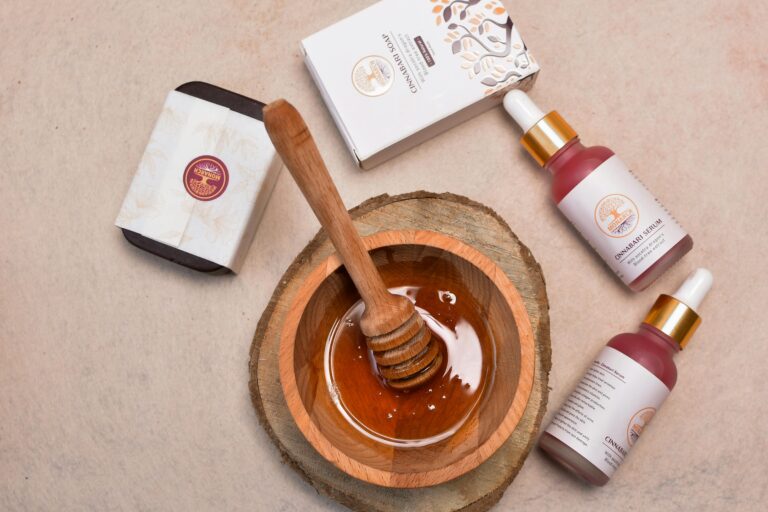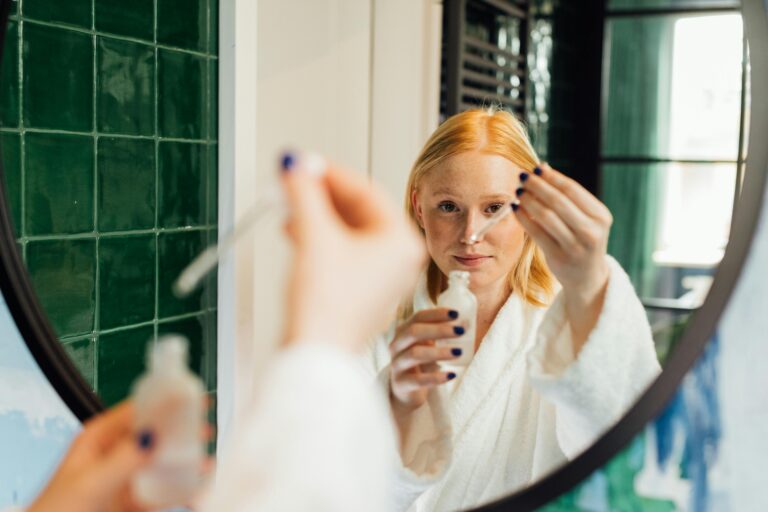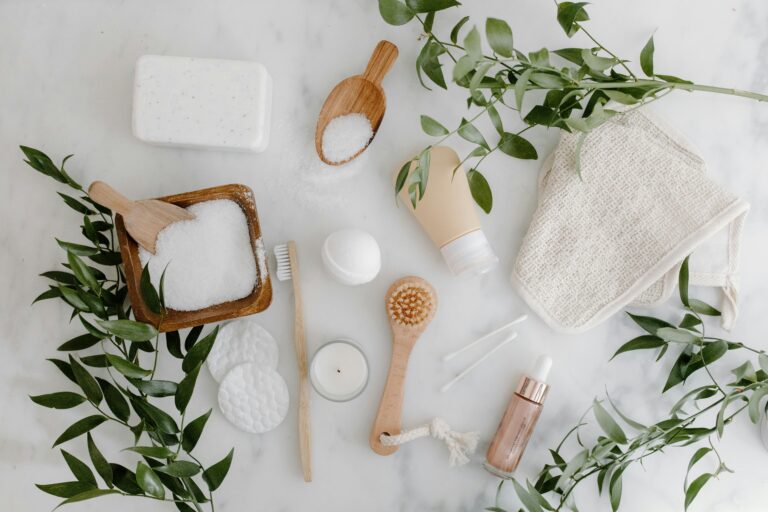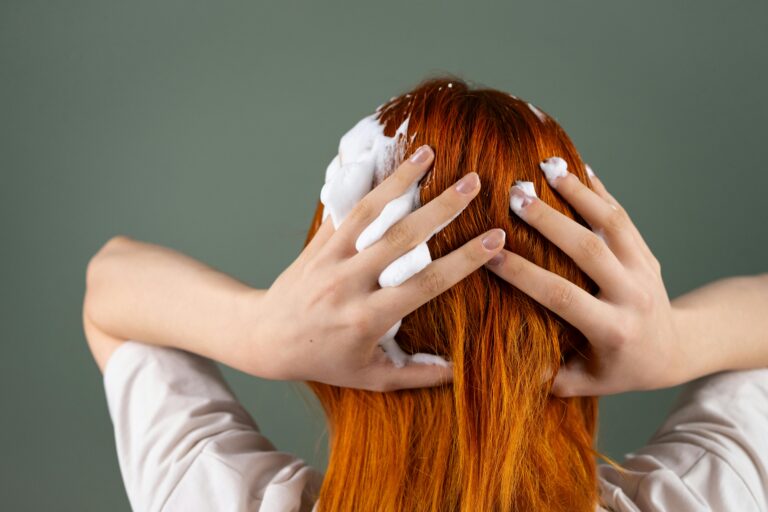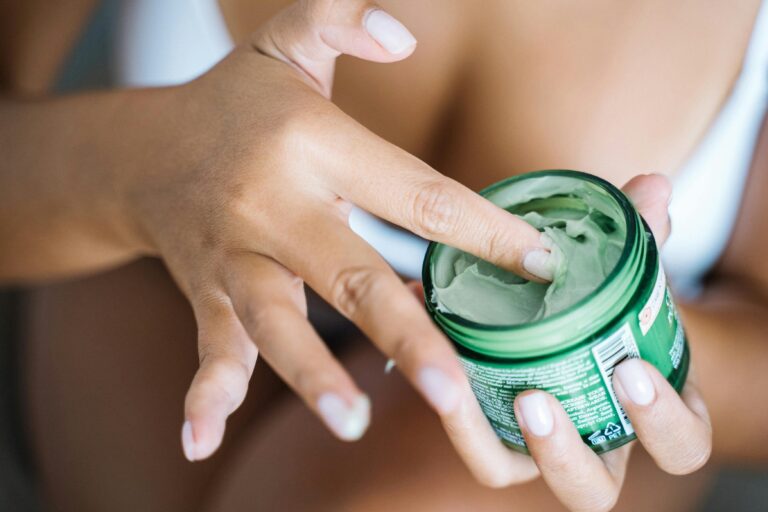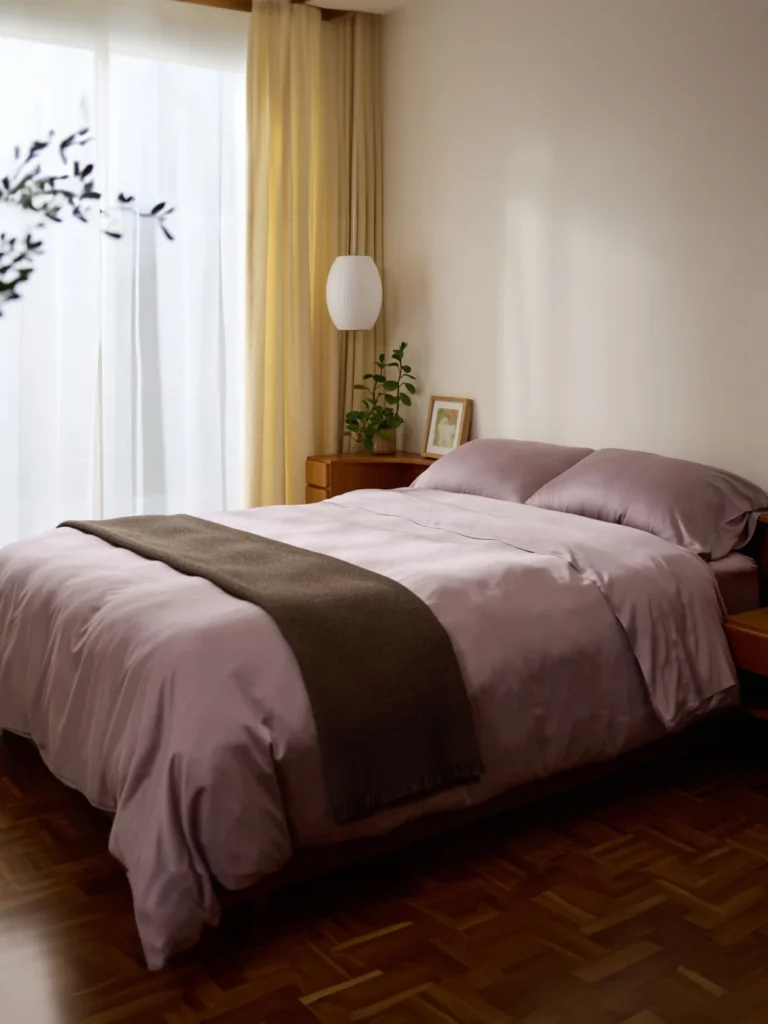Skin Barrier Repair: Expert Tips for Healthy, Protected Skin
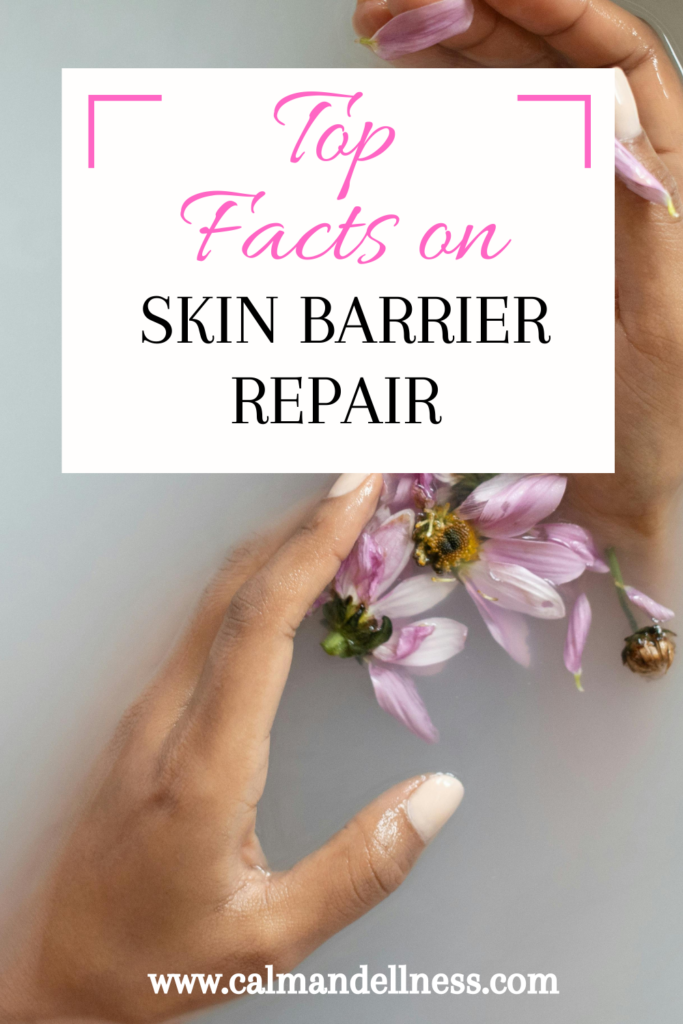
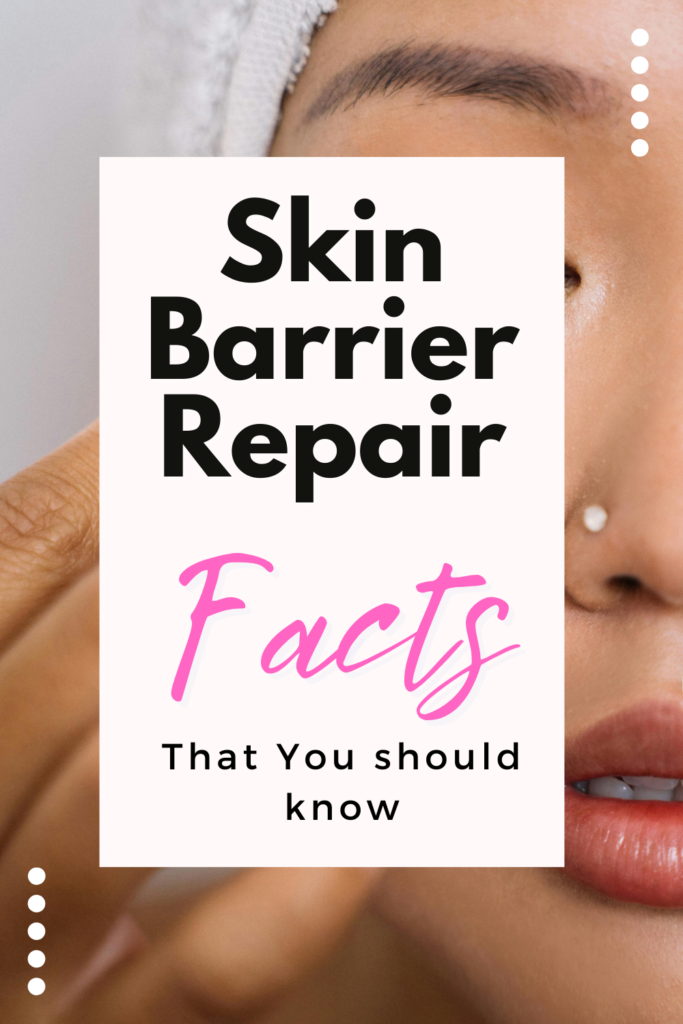
This site contains affiliate links, view the disclosure for more information.
Your skin barrier is more than just the outer layer of your skin – it’s your body’s first line of defense against environmental stressors, bacteria, and moisture loss.
Did you know that over 70% of people experience skin barrier damage without even realizing it?
Whether you’re dealing with redness, dryness, or unexplained sensitivity, strengthening your skin barrier can be a game-changer for your skin health.
1. Understanding Your Skin Barrier Function
The skin barrier (technically known as the stratum corneum) is the outermost layer of your skin.
Think of it as a brick wall: skin cells are the bricks, while lipids, ceramides, and natural moisturizing factors serve as the mortar holding everything together.
This sophisticated structure works tirelessly to keep harmful substances out while maintaining optimal hydration levels within.
When functioning properly, your skin barrier prevents excessive water loss, protects against environmental pollutants, and maintains a balanced microbiome. However, various factors can compromise this delicate system. Common signs of a damaged barrier include:
- Increased sensitivity and stinging sensations
- Persistent redness and inflammation
- Rough, flaky, or dehydrated skin
- Increased breakouts and delayed healing
- A feeling of “tightness” after cleansing
Common causes of barrier disruption include over-exfoliation, using harsh products, extreme weather conditions, and environmental stressors. Understanding these factors is crucial for prevention and repair.
2. Key Ingredients for Skin Barrier Repair
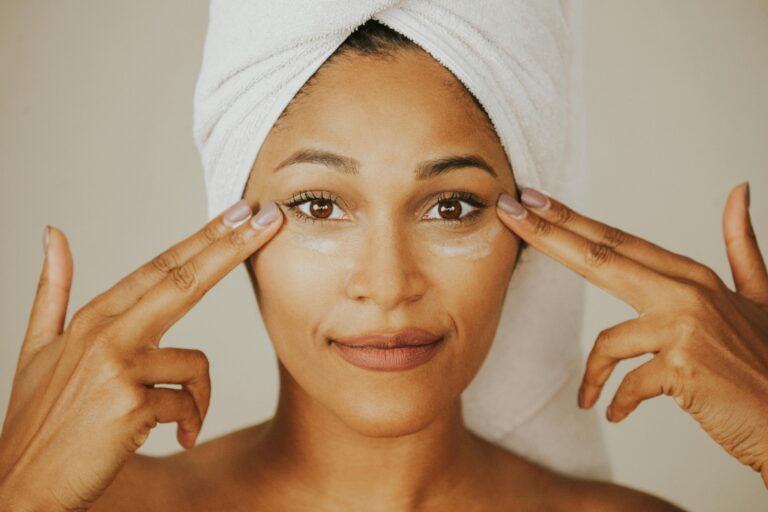
The secret to effective barrier repair lies in using ingredients that mimic and support your skin’s natural protective functions. Here are the heavy hitters:
Ceramides
These lipid molecules are essential for maintaining skin barrier integrity. They help prevent moisture loss and protect against environmental damage. Look for products containing ceramides 1, 3, or 6-II for optimal results.
Niacinamide
This versatile ingredient strengthens the skin barrier, reduces inflammation, and helps regulate oil production. Studies show that 5% niacinamide can significantly improve barrier function within 4 weeks.
Fatty Acids and Cholesterol
these components work alongside ceramides to create a healthy lipid barrier. Sources include squalane, shea butter, and natural oils like jojoba or rosehip.
Hyaluronic Acid and Glycerin
These humectants draw moisture into the skin, supporting hydration levels and barrier function. They work best when paired with occlusive ingredients that lock in moisture.
3. How to Repair a Damaged Skin Barrier

Repairing your skin barrier requires patience and consistency. Here’s a detailed recovery protocol:
- Simplify Your Routine
- Strip back to the basics: gentle cleanser, moisturizer, and sunscreen
- Avoid active ingredients like retinoids, acids, and vitamin C temporarily
- Use lukewarm water for cleansing to prevent further irritation
- Focus on Gentle, Barrier-Supporting Products
- Choose pH-balanced cleansers that don’t disrupt your skin’s natural balance
- Apply moisturizer to damp skin to lock in hydration
- Layer products from thinnest to thickest consistency
- Monitor Progress
- Keep a skin diary to track improvements
- Take photos to document changes
- Expect visible improvements within 2-4 weeks of consistent care
4. Creating a Skin Barrier Repair Routine

Morning Routine
✅ Gentle cleanse or water rinse
✅ Hydrating toner (optional)
✅ Barrier-repair serum
✅ Moisturizer with ceramides
✅ Broad-spectrum sunscreen
Evening Routine
✅ Double cleanse (if wearing makeup/sunscreen)
✅ Hydrating layers
✅ Barrier-repair products
✅ Rich moisturizer or overnight mask
Remember to introduce new products gradually and patch test everything to prevent further irritation.
5. Lifestyle Factors Affecting Skin Barrier Health
Diet and Nutrition: consume foods rich in omega-3 fatty acids, vitamins A, C, and E, and zinc to support skin barrier function from within. Stay hydrated by drinking adequate water throughout the day.
Sleep Quality: during sleep, your skin undergoes repair and regeneration. Aim for 7-9 hours of quality sleep in a humid environment to support this process.
Stress Management: high stress levels can compromise barrier function through increased cortisol production. Practice stress-reduction techniques like meditation or yoga.
Environmental Protection: use protective clothing and broad-spectrum sunscreen. Consider using a humidifier in dry environments to maintain optimal humidity levels.
6. Professional Treatments and Solutions
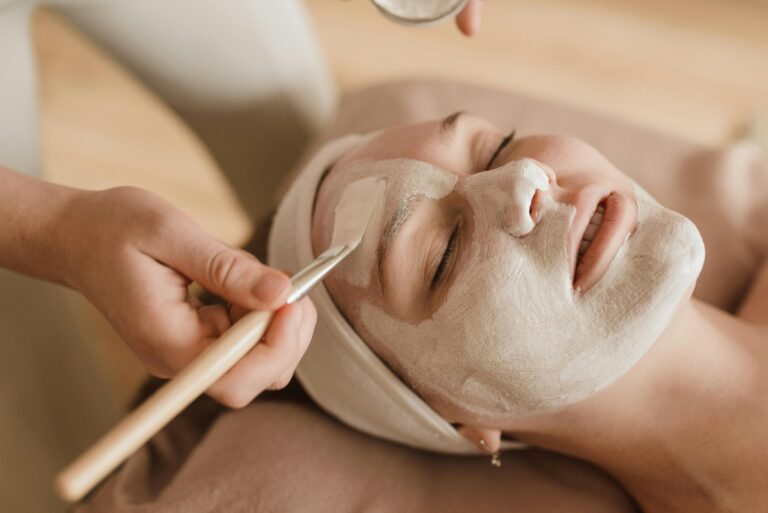
While at-home care is crucial, sometimes professional intervention can accelerate barrier repair:
In-Office Treatments
- Gentle hydrating facials
- LED light therapy for inflammation reduction
- Professional barrier repair treatments
When to See a Dermatologist
- If symptoms persist despite consistent care
- For severe cases of barrier damage
- When underlying conditions need diagnosis
Integration with Home Care
- Follow post-treatment care instructions carefully
- Maintain a gentle routine between treatments
- Communicate any concerns with your provider
7. Final Thoughts
Repairing your skin barrier isn’t just about applying products – it’s about creating a holistic approach to skin health. By understanding your skin’s needs and providing it with the right care, you can restore and maintain a healthy barrier function.
Remember to be patient; healing takes time, but the results are worth it. Start with the gentlest products in your routine and gradually implement changes as your skin becomes stronger. With consistent care and attention to both internal and external factors, you can achieve resilient, healthy skin that glows from within.
Remember to pay attention to how your skin responds to different products and environmental factors. What works for others might not work for you, so listen to your skin and adjust your routine accordingly. Your skin barrier is unique to you, and caring for it properly is the foundation of healthy, beautiful skin.
RELATED POSTS

19 Natural Ingredients for Hair Care That Actually Work (And Why You’ll Never Go Back)
Okay, real talk. If you’ve ever stared at the back of a shampoo bottle and felt like you needed a chemistry degree to understand it… you’re not alone. Between the sulfates, parabens, and mystery “fragrance”…


